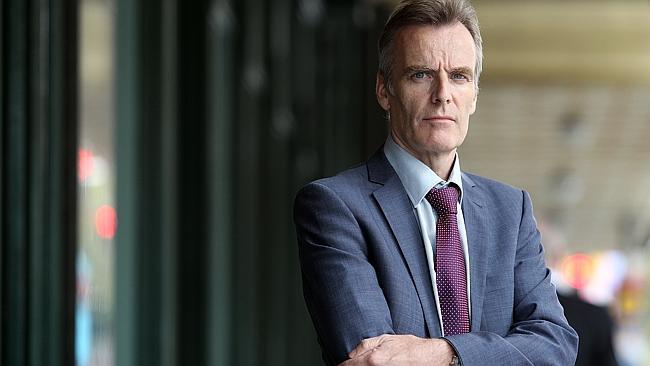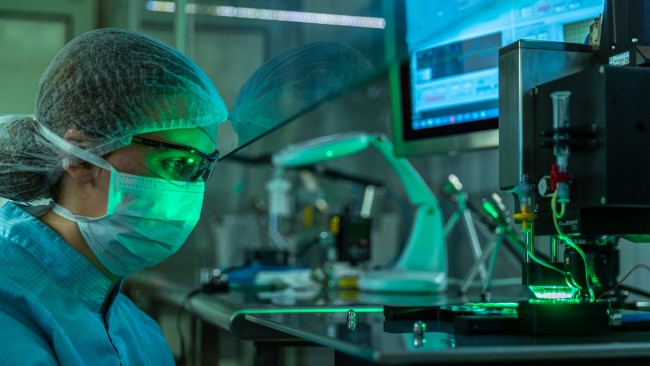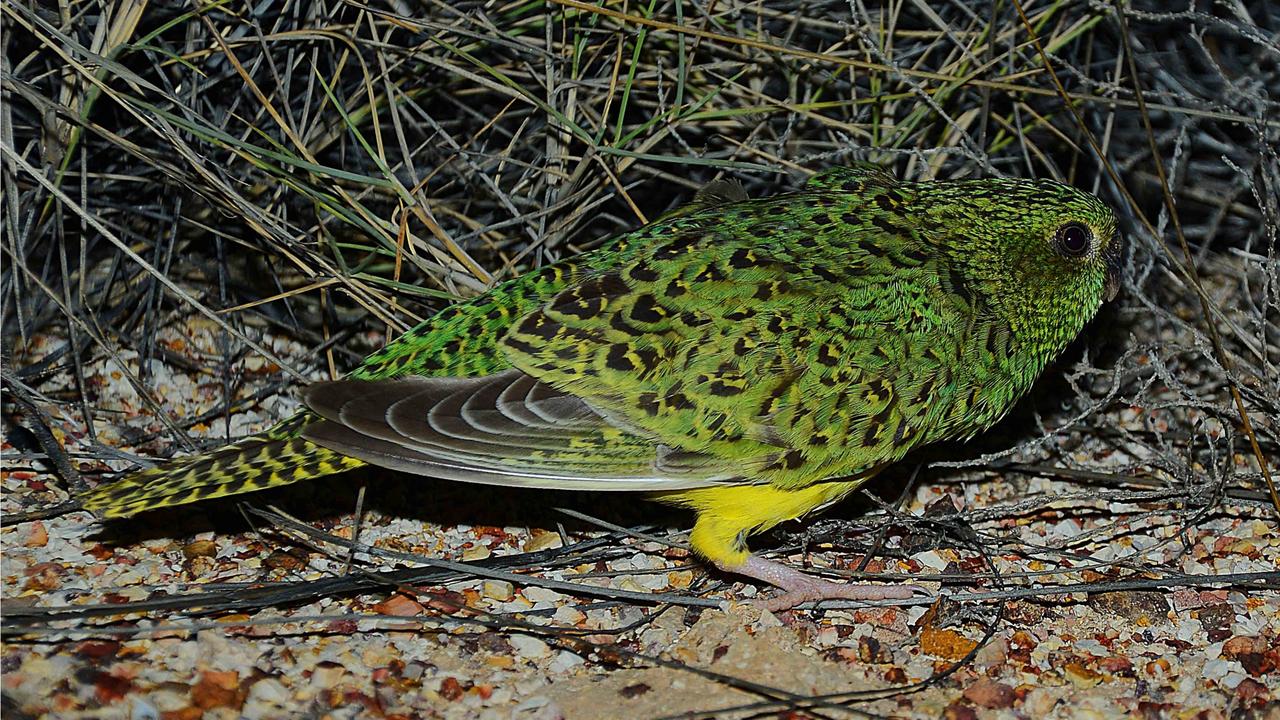Hardie used asbestos ‘for 10 years too long’
JAMES Hardie Industries could have made its building products asbestos-free a decade earlier, its former boss has told a court.

JAMES Hardie Industries could have made its building products asbestos-free a decade earlier than it did, and finally did so for commercial interests rather than health risks, its former boss has told a court for the first time.
David Macfarlane, Hardie’s managing director from 1978 to 1990, made the admission in what plaintiff lawyers see as a test case that could determine whether compensation is paid to potentially thousands of Hardie asbestos victims stricken after doing home renovations
Mr Macfarlane said when the Hardie board gave the go-ahead to develop asbestos-free products in 1978, he regarded publicity about the deadly qualities of the fibre as “a media beat-up”.
The NSW Dust Diseases Tribunal also heard yesterday that while Hardie spent big advertising its asbestos products including on television, it did not put such efforts or expenditure into warning of asbestos disease risks.
Giving evidence for the first time, Mr Macfarlane said the move to get rid of asbestos was motivated primarily by “a commercial reason — asbestos was becoming more expensive”.
He said he knew of no reason why Hardie could not have gone down the asbestos-free route years earlier, a view also stated in earlier testimony by the Hardie industrial chemist who developed the wood fibre replacement process, Vidas Ridikas.
The test case follows the refusal of the fund that pays Hardie asbestos victims compensation to meet a claim by Stephen Wickham, who last year contracted the invariably fatal chest cancer mesothelioma, caused only by exposure to asbestos.
In 1994, Mr Wickham was exposed to fibres from Hardie asbestos sheeting when he knocked down his back yard shed and part of a fence at his home in Perth.
Asbestos diseases usually present 20 to 40 years after exposure, and thousands more such cases from do-it-yourself demolitions and renovations are expected to develop in coming years.
Mr Wickham’s lawyer, Turner Freeman partner Tanya Segelov, told The Australian she had settled hundreds of similar cases with Hardie’s Asbestos Injury Compensation Fund with minimal difficulty.
Ms Segelov said this time the AICF had decided to fight the claim, arguing that Mr Wickham had not purchased the asbestos, only the property its structures were made of.
She said she believed the AICF had made a strategic decision to contest this case because it now thought there would be so many similar ones they could exceed the fund’s resources, which come from a portion of Hardie’s annual free cash flow.
The AICF was formed in 2006 after an epic battle to force Hardie to meet compensation claims for future asbestos victims.
The AICF declined to respond to questions from The Australian about why it is contesting this claim when it had settled similar ones in the past. The case continues today, when Mr Wickham is expected to give evidence.



